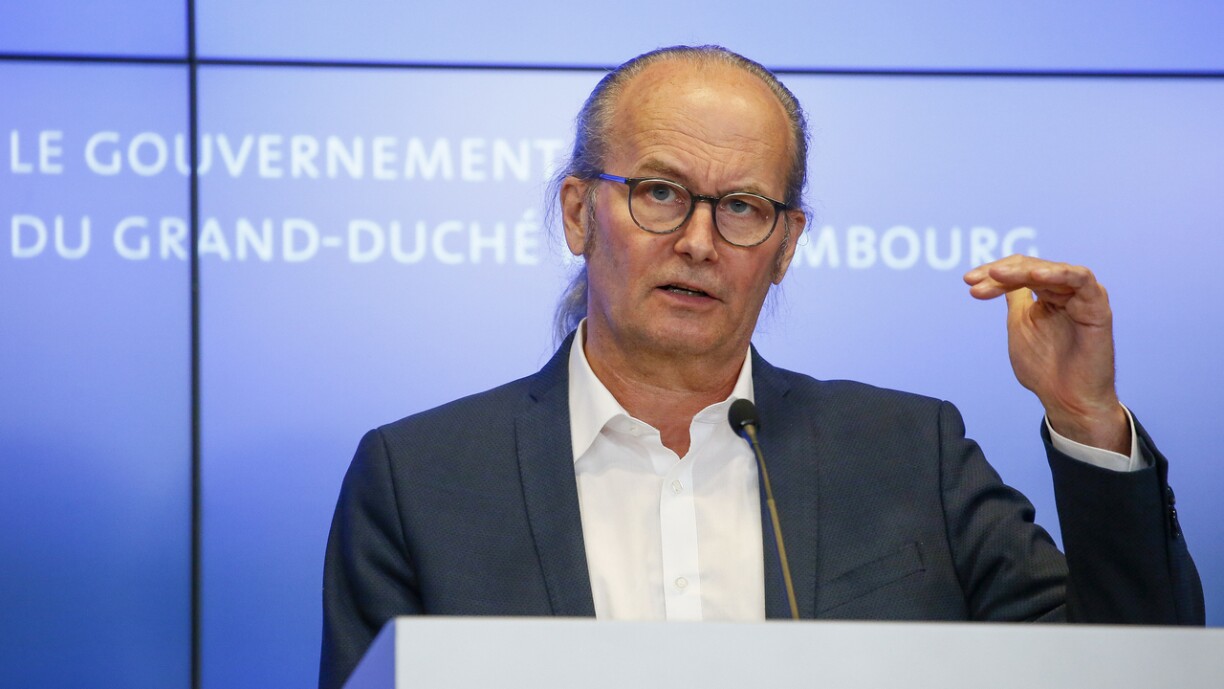
But there is steady progress: homes are better insulated, renewable energy is expanding, e-mobility is on the rise, the public transport offer is improving. So what are the next steps in the “Luxembourg in Transition” project?
There are complex questions which require answering first, such as the 200,000 cross-border workers, which are a substantial part of the economy and also part of Luxembourg’s climate emissions. Where do the cross-border workers come from, and how can the government work together with its partners to reduce the strain on the environment?

Following an open call for projects, six finalists have been selected to help support the government in coming up with great ideas about how to restructure public places and cities. “The next step is that they now come up with a concrete idea, for the territory of Luxembourg and for the territory around Luxembourg. [Ideas about] infrastructure, but also in general and how we should organise and restructure ourselves”, says Turmes.
Proposals will be scrutinised by a scientific body composed of 15 academics and scientists, as well as an Advisory Committee which includes important players from unions, employers and environmental groups. Lastly, a Citizens’ Council of 30 people who live in Luxembourg or in the Greater Region will follow progress on projects all year round and “reality check” the plans, Turmes explains.
“It’s important that you also have citizens who say ‘yes, but in my everyday situation this is possible or not possible.’ And the 30 citizens will develop their own ideas later on and tell us as a government how they envisage the future of Luxembourg.”